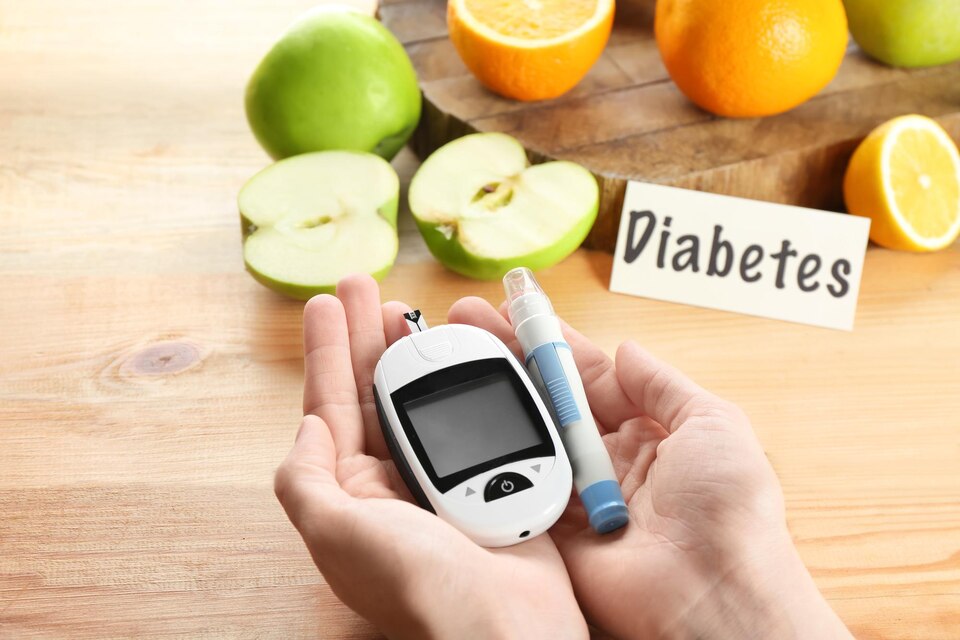Blood Sugar Levels in Prediabetes vs. Diabetes

Strong 8k brings an ultra-HD IPTV experience to your living room and your pocket.
Understanding the difference between prediabetes and diabetes is crucial for early diagnosis, timely intervention, and better health outcomes. One of the most effective ways to distinguish between the two is by monitoring and interpreting your blood sugar levels.
What Is Prediabetes?
Prediabetes is a health condition where blood glucose levels are higher than normal but not high enough to be classified as type 2 diabetes. It indicates an increased risk of developing diabetes, heart disease, and stroke. However, it’s also a reversible condition with lifestyle changes.
Common risk factors for prediabetes include:
- Being overweight
- Sedentary lifestyle
- Family history of type 2 diabetes
- Age above 45
- High blood pressure or cholesterol
What Is Diabetes?
Diabetes mellitus is a chronic condition where the body either doesn't produce enough insulin or cannot effectively use the insulin it produces. This leads to elevated glucose levels in the bloodstream, which, over time, can damage organs and nerves.
There are primarily two types of diabetes:
- Type 1 Diabetes – an autoimmune condition
- Type 2 Diabetes – a lifestyle-related condition, more common in adults
Key Differences in Blood Sugar Levels
The ranges vary significantly between the two conditions. You can refer to this blood sugars level chart for a clearer picture.
Test Type Normal Range Prediabetes Range Diabetes Range
| Test Type | Normal Range | Prediabetes Range | Diabetes Range |
| Fasting Blood Sugar | 100–125 mg/dL | ≥ 126 mg/dL | |
| Postprandial (2 hrs) | 140–199 mg/dL | ≥ 200 mg/dL | |
| HbA1c (3-month average) | 5.7%–6.4% | ≥ 6.5% |
These ranges help clinicians and patients track glucose control and determine whether interventions are required.
You can check detailed normal blood sugar levels chart to see the ideal range based on different conditions.
Why Monitoring Blood Sugar Is Important
Regular monitoring allows:
- Early detection of prediabetes
- Timely lifestyle adjustments to prevent diabetes
- Prevention of complications like nerve damage, vision problems, and kidney disease
- Better control over existing diabetes through medication and diet
How to Maintain Healthy Blood Sugar
Whether you’re at risk of prediabetes or already managing diabetes, maintaining balanced blood sugar levels is possible with the right approach:
- Follow a low-glycemic diet
- Engage in daily physical activity
- Monitor glucose regularly
- Take medications as prescribed
- Avoid excessive sugar and refined carbs
Recognizing Symptoms Early
Both prediabetes and diabetes often develop silently, without noticeable symptoms in the early stages. However, there are some warning signs you should not ignore. Common symptoms include frequent urination, excessive thirst, unexplained weight loss, persistent fatigue, and blurry vision. If you consistently experience any of these symptoms, it’s important to consult a healthcare professional. A simple blood test can help determine whether your blood sugar levels are within a healthy range or if further action is needed.
When to Test Your Blood Sugar
Monitoring your blood glucose at the right times is essential for managing prediabetes or diabetes effectively. Typically, blood sugar should be tested when fasting—usually in the morning before meals—and again two hours after eating (postprandial). In some cases, checking levels before bedtime may also be recommended. Additionally, your doctor may advise an HbA1c test every three to six months to assess your average blood sugar levels over time. These tests provide valuable insight into how well your current management plan is working and whether any adjustments are needed.
Final Thoughts
Both prediabetes and diabetes require attention, but the good news is that early detection makes a big difference. Understanding your numbers is the first step toward managing your health. Use the blood sugars level chart as a reliable tool to track where you stand and take action accordingly.
Related Blogs
- Random blood sugar normal range
- Normal glucose levels after eating
- Fasting blood sugar normal range
- Type 1 and Type 2 Diabetes
Note: IndiBlogHub features both user-submitted and editorial content. We do not verify third-party contributions. Read our Disclaimer and Privacy Policyfor details.







